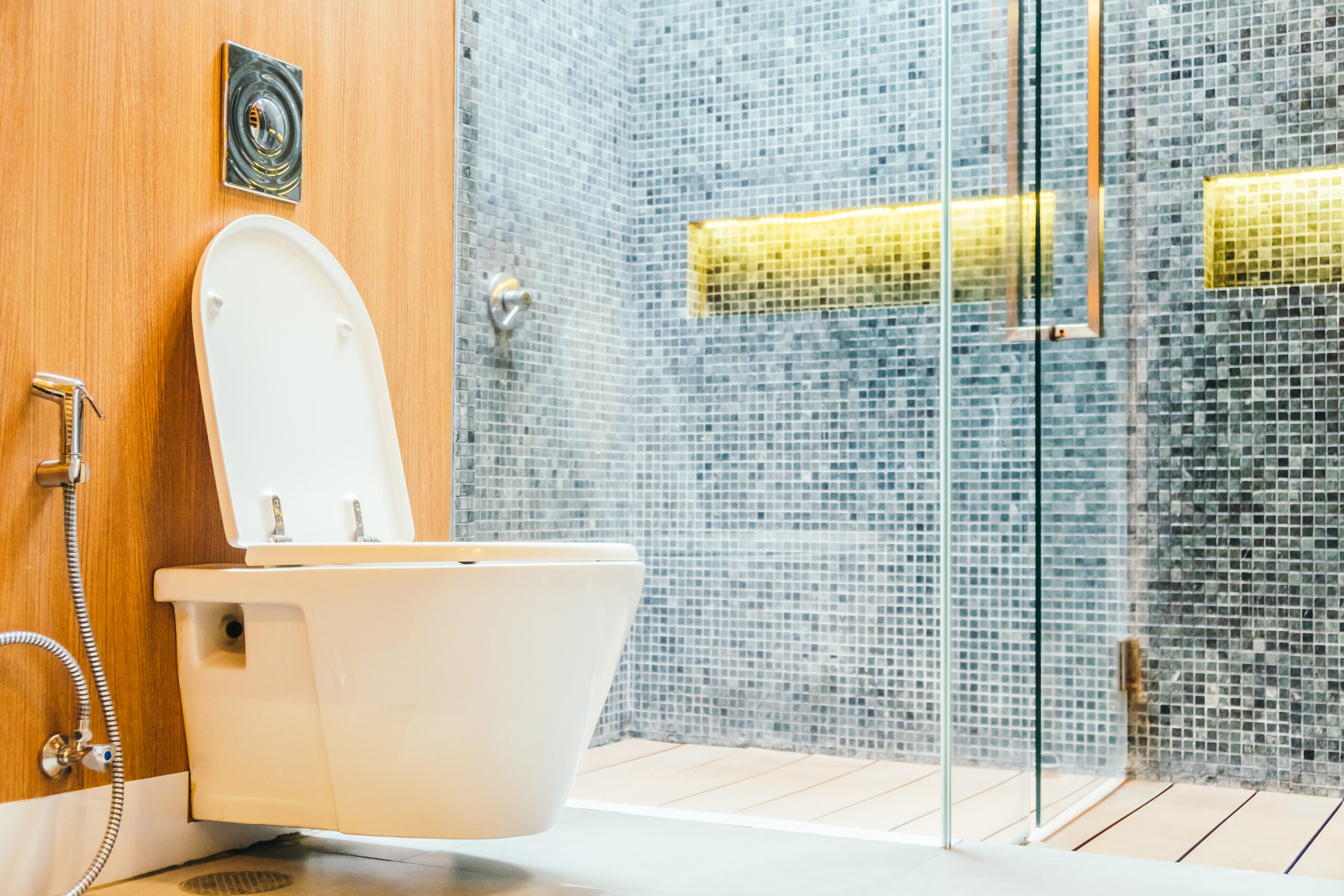Toilets can clog and back up for a variety of reasons. Understanding the underlying causes can help you prevent future clogs and backups. Here are some common reasons why toilets clog and backup:
- Excessive Toilet Paper: Using too much toilet paper at once can overwhelm the toilet’s drainage capacity, leading to clogs. Consider using less paper or flushing multiple times if needed.
- Flushing Non-Flushable Items: Flushing items like baby wipes, feminine hygiene products, paper towels, or dental floss can cause blockages in the pipes, as these materials don’t break down as easily as toilet paper.
- Low-Flow Toilets: Low-flow toilets are designed to use less water, but if they are not powerful enough, they may not clear waste effectively, leading to clogs. You might consider upgrading to a more efficient toilet.
- Sewer Line Issues: Clogs can occur further down the sewer line, not just within your toilet. Tree roots, debris, or structural problems in the sewer line can cause backups.
- Hard Water Deposits: Over time, mineral deposits from hard water can build up in the toilet trap and drain pipes, reducing the flow and increasing the likelihood of clogs.
- Old or Worn Toilet Parts: The flapper, fill valve, or other internal components of the toilet can wear out or malfunction, leading to incomplete flushes and clogs. Replacing these parts may solve the issue.
- Foreign Objects: Occasionally, small objects can fall into the toilet and cause clogs. Make sure the toilet lid is secure, especially if you have children.
- Septic System Issues: If you have a septic system, it may need maintenance or pumping if it becomes overloaded or if there are issues with the drainage field.
To prevent toilet clogs and backups:
- Use less toilet paper or consider switching to thinner, more easily degradable toilet paper.
- Never flush non-flushable items; dispose of them in a waste bin instead.
- Avoid pouring grease or oil down the drain, as they can solidify and cause blockages.
- Schedule regular maintenance for your sewer lines and septic system.
- Consider installing a toilet with better flushing power if you have an older model.
- Use a plunger or plumbing snake to clear minor clogs before they become major issues.
If you experience frequent or persistent toilet clogs and backups, it’s a good idea to consult a plumber or a professional to assess the problem and make any necessary repairs or upgrades to your plumbing system.

